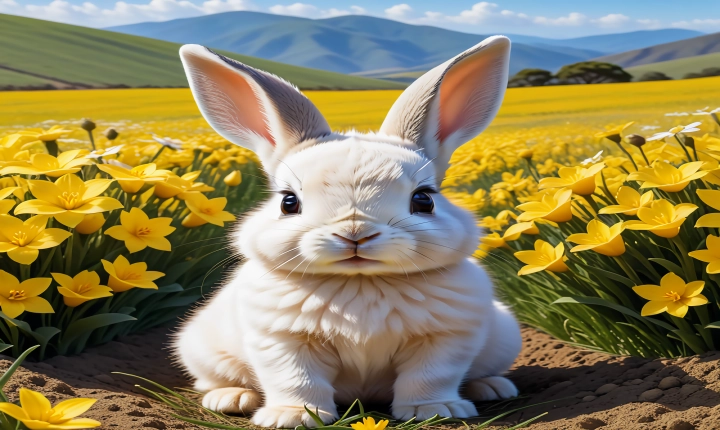Title: Harnessing the Power of AI: Writing Poetry with Artificial Intelligence
Introduction:
Artificial intelligence (AI) has permeated nearly every aspect of our lives, from driving cars to managing our schedules. But could AI also take on the creative task of writing poetry? The answer is yes. With the advancement of AI technology, it is now possible to create poetry with the help of artificial intelligence. In this article, we’ll explore the potential and the process of writing poetry with AI.
Understanding the Potential of AI in Poetry:
AI has the ability to analyze vast amounts of data, recognize patterns, and generate language based on learned patterns. These capabilities make AI an ideal tool for writing poetry. By analyzing a large corpus of poems, AI can understand the structure, rhythm, and themes of poetry, and use this knowledge to generate new verses.
The Process of Writing AI Poetry:
1. Data Collection: The first step in writing AI poetry is to collect a large dataset of poetry. This can include works from famous poets, contemporary writers, and even amateur poets. The broader the range of poetry in the dataset, the better AI can understand the nuances of language and style.
2. Training the AI Model: The collected data is then used to train an AI model. This involves feeding the poems into the model and allowing it to learn the patterns and structures of poetry. The model uses natural language processing (NLP) techniques to understand the semantics and syntax of the poems.
3. Generating Poetry: Once the AI model has been trained, it can start generating poetry. By inputting a prompt or a theme, the AI can produce verses that emulate the style and language of the poetry it has learned from the dataset. The generated poetry can then be refined and polished by human poets to create a coherent and meaningful piece.
Challenges and Ethical Considerations:
While the potential for AI-generated poetry is exciting, there are also challenges and ethical considerations to be aware of. One of the main challenges is ensuring that the AI-generated poetry does not infringe on copyright laws or plagiarize existing works. Additionally, some may argue that AI poetry lacks the emotional depth and personal experience that human poets bring to their work.
Embracing AI as a Collaborative Tool:
Despite these challenges, AI can be seen as a valuable tool for poets rather than a replacement for human creativity. AI-generated poetry can serve as a source of inspiration, sparking new ideas and approaches for poets. It can also help in generating new perspectives and unconventional forms of poetry that may not have been explored otherwise.
Conclusion:
Writing poetry with AI opens up a realm of creative possibilities. By harnessing the capabilities of artificial intelligence, poets can explore new realms of expression and expand the boundaries of traditional poetry. As AI technology continues to advance, the collaboration between humans and AI in poetry is likely to become more seamless, ultimately enriching the world of poetry with fresh, innovative creations.
